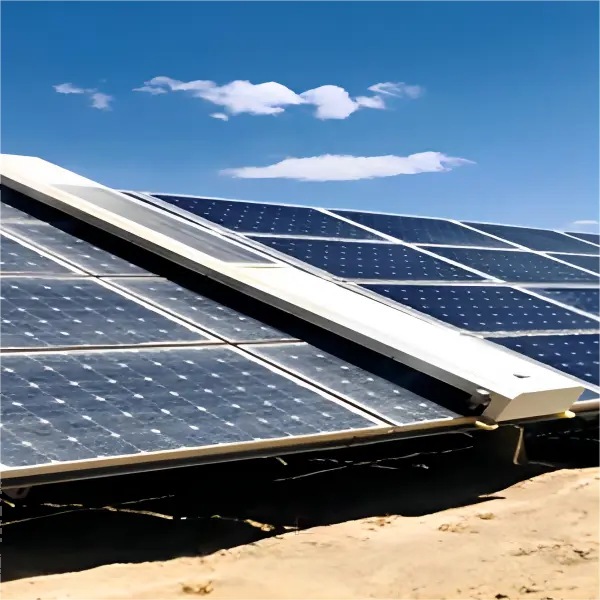Managing the Hot Spot Effect in Photovoltaic Modules
The hot spot effect in photovoltaic modules is a common issue caused by several factors, and there are corresponding preventive measures that can be taken:
Causes of the Hot Spot Effect
- Shading: When part of the photovoltaic module’s cells is shaded (by leaves, dust, bird droppings, etc.), those cells may enter a reverse bias state, consuming power and causing localized temperature increases. This accumulated heat can result in hot spots, potentially damaging cells or encapsulation materials.1118
- Internal Defects: Quality issues within the cells, such as internal defects or poor soldering, can also lead to the hot spot effect. These problems create abnormal high resistance during operation, leading to increased power consumption and localized heating.4
- Poor Module Design: If the design of photovoltaic modules is inadequate, such as closely spaced cells or improper arrangement, it can result in shading and hot spot occurrence.111819
Impacts of the Hot Spot Effect
- Decreased Module Performance: The hot spot effect significantly reduces the power output of shaded cells, impacting the overall performance of the photovoltaic module. Experimental data shows that hot spot effects can reduce peak power output by approximately 10%.2
- Safety Hazards: Prolonged hot spot effects accelerate module aging and may trigger fires, posing safety risks to photovoltaic power plants.19
Preventive Measures
- Install Bypass Diodes
- Working Principle: A bypass diode is connected in parallel at both ends of each cell string. When a shaded cell enters a reverse bias state, the diode conducts, short-circuiting the shaded part and reducing the current that flows through, thereby lowering heat generation.123
- Effect Verification: Simulations and actual tests show that installing bypass diodes can notably reduce voltage on either side of shaded cells, preventing excessive current flow and effectively controlling hot spot effects. Experimental data indicates that with bypass diodes installed, the current reduction is significant, and the maximum output power degradation does not exceed 5%.2
- Design Photovoltaic Systems Thoughtfully
- Spacing Between Arrays: When designing photovoltaic plants, it’s essential to set appropriate spacing between arrays to avoid mutual shading.23
- Support Height: Properly design the height of the support frames, especially in areas with vegetation. Regular maintenance is necessary to prevent overgrowth causing shading.3
- Surrounding Environment: During the design and construction of photovoltaic plants, consider the surrounding environment to prevent buildings from shading the solar arrays.2
- Operations and Maintenance Management
- Regular Cleaning: Clean the surfaces of photovoltaic modules regularly to remove dust and droppings, reducing the occurrence of hot spots.23
- Fault Detection: Employ infrared detection and electrical measurements to regularly check the operational status of photovoltaic modules, promptly identifying and addressing hot spot issues. Infrared detection can accurately observe hot spots and support automatic report generation, aiding maintenance staff’s decision-making.

- Innovative Prevention Strategies
- In-Series Resistors: Introducing resistors in cell strings can share the reverse voltage experienced by the hot spot cells, reducing both power loss and temperature. The designed prevention circuit includes voltage comparators, power MOSFETs, diodes, and voltage divider resistors to effectively control hot spot effects.7
- Optimize Photovoltaic Array Topology: By optimizing the topology of photovoltaic arrays, such as connecting compatible solar modules in series or restructuring the array layout via switching circuits, shading hot spot effects can be mitigated.4
결론
To effectively prevent and control the hot spot effect, a multi-faceted approach is necessary. Manufacturers should strictly manage their production processes to ensure high-quality cells and modules; users should choose reliable cell manufacturers during procurement; reasonable layout should be established in plant design to avoid shading; and regular cleaning and monitoring should be conducted during maintenance management to promptly address faults.
Innovative strategies, such as in-series resistors and optimized photovoltaic array topologies, while costlier, can more effectively control hot spot effects, enhancing the generation efficiency and reliability of photovoltaic systems.